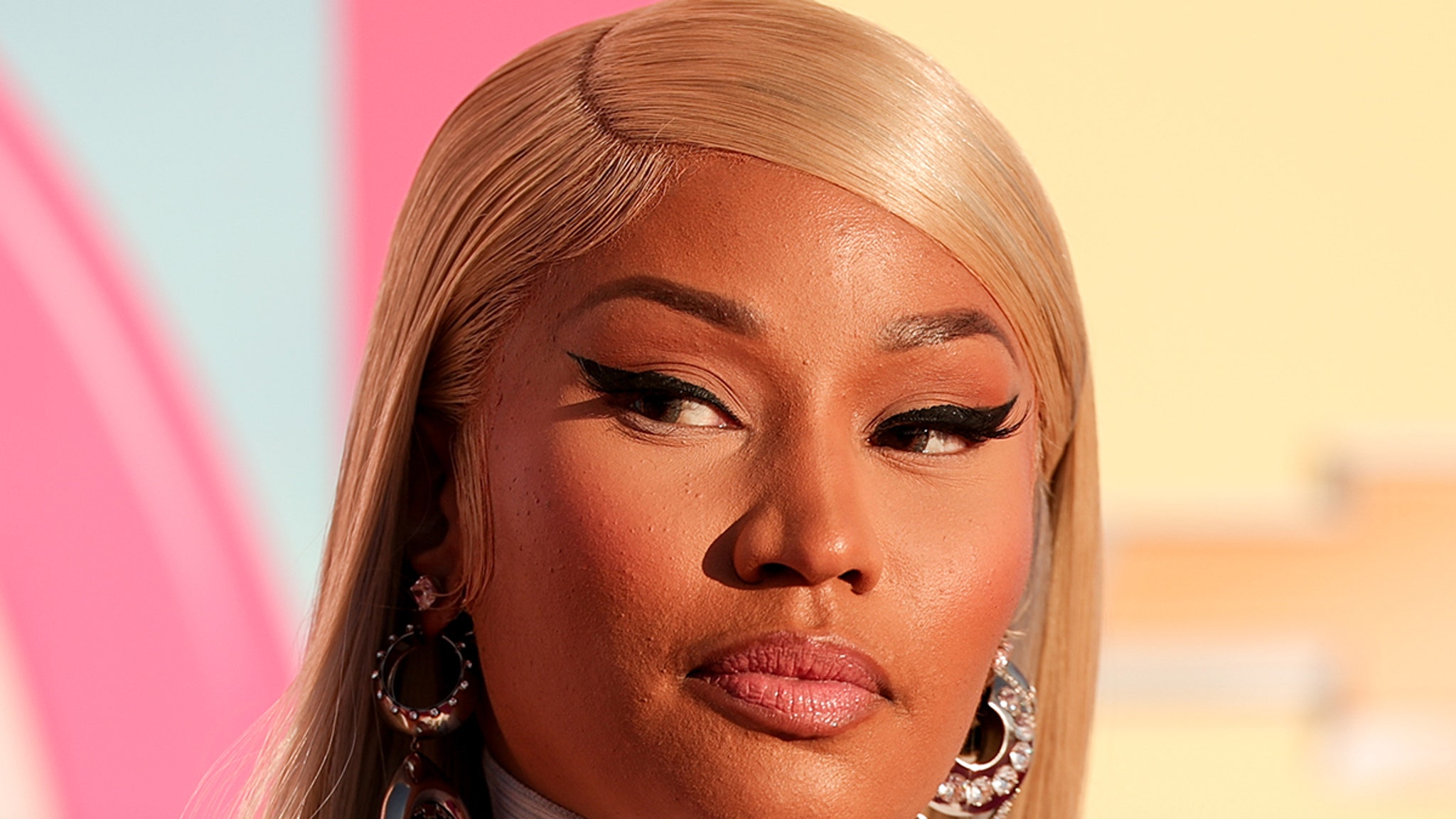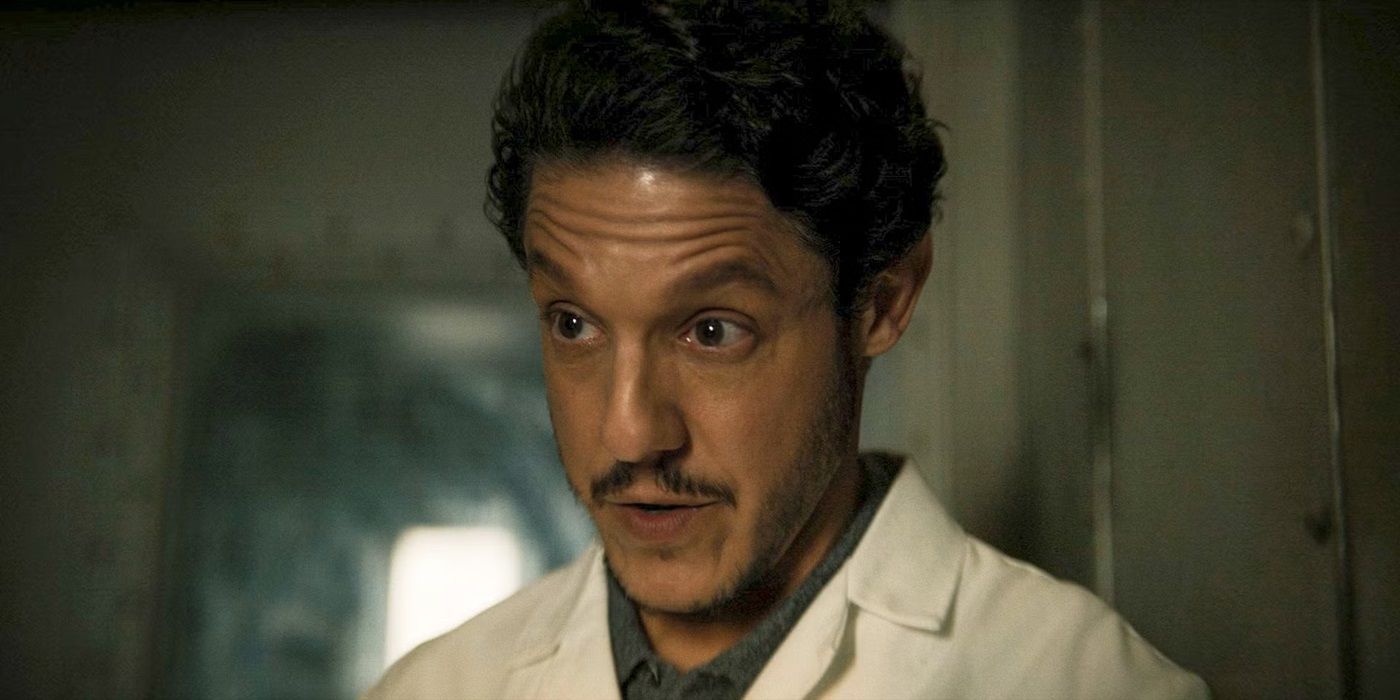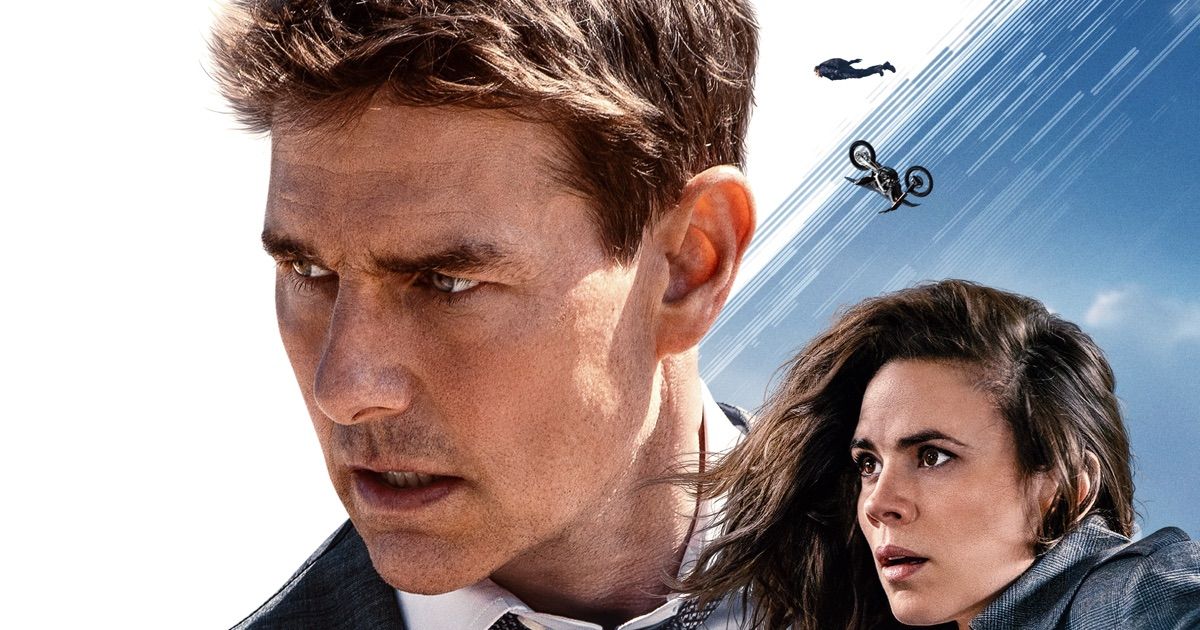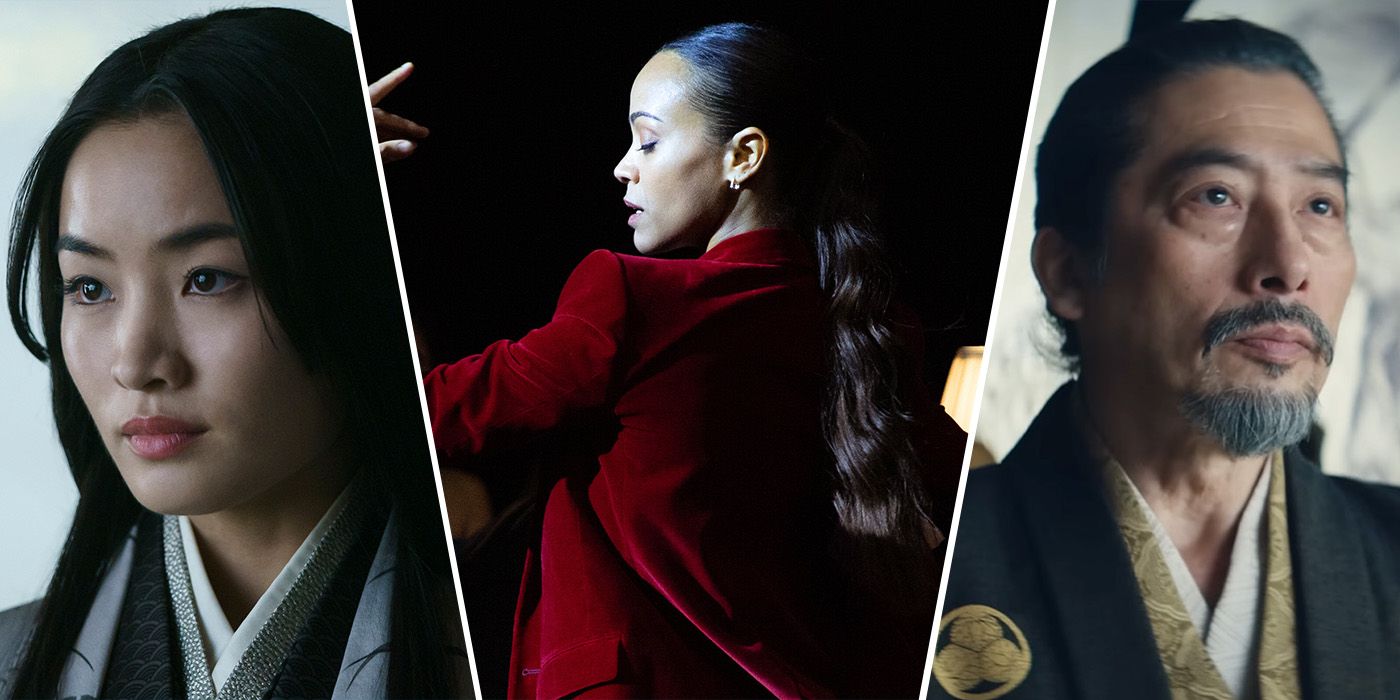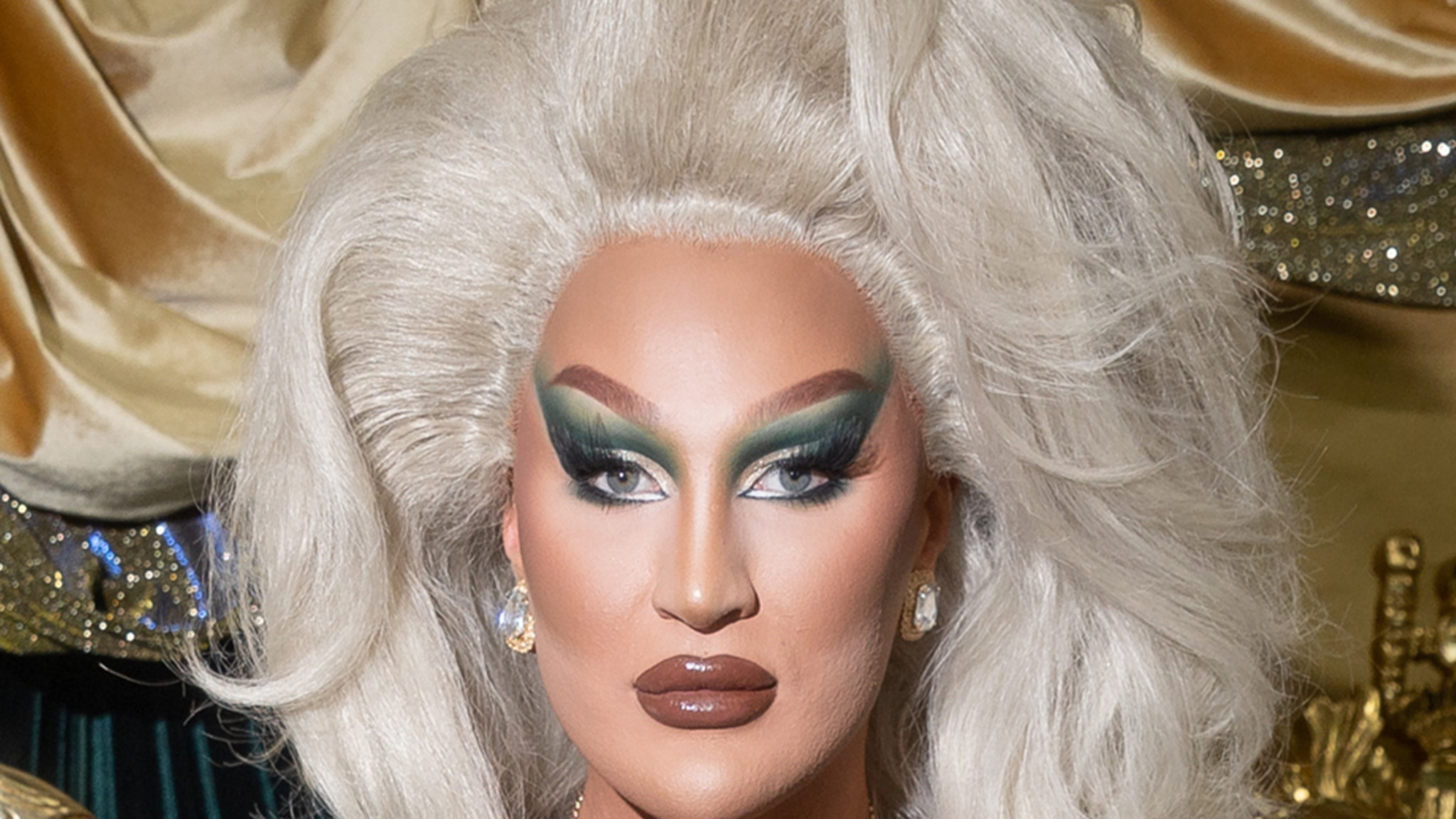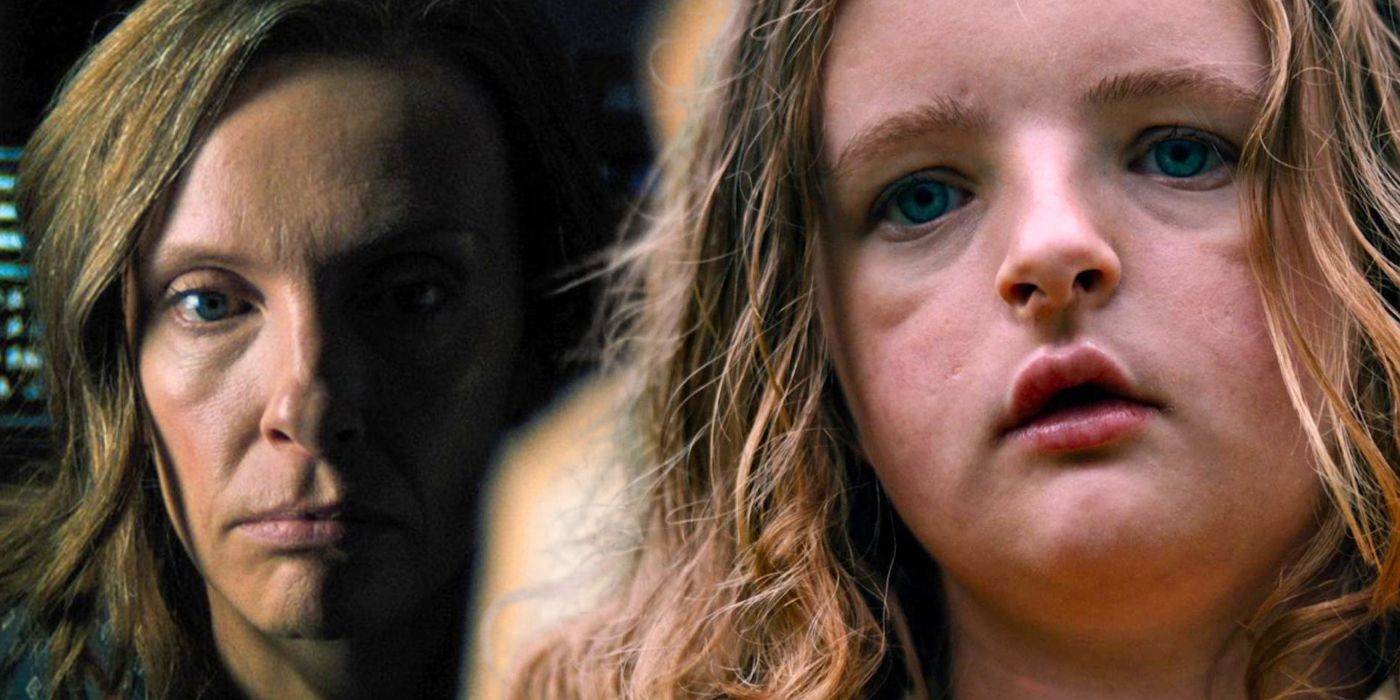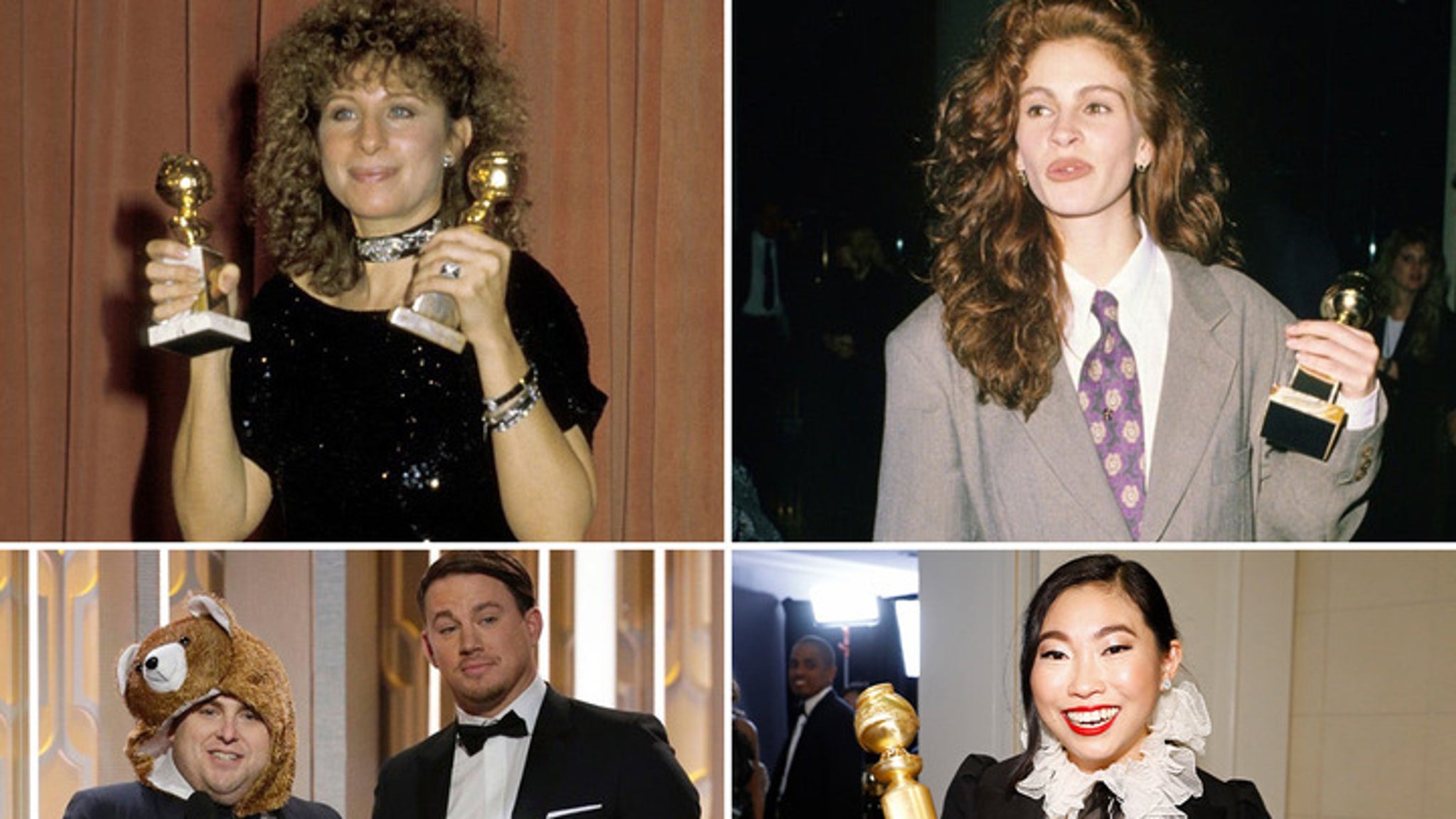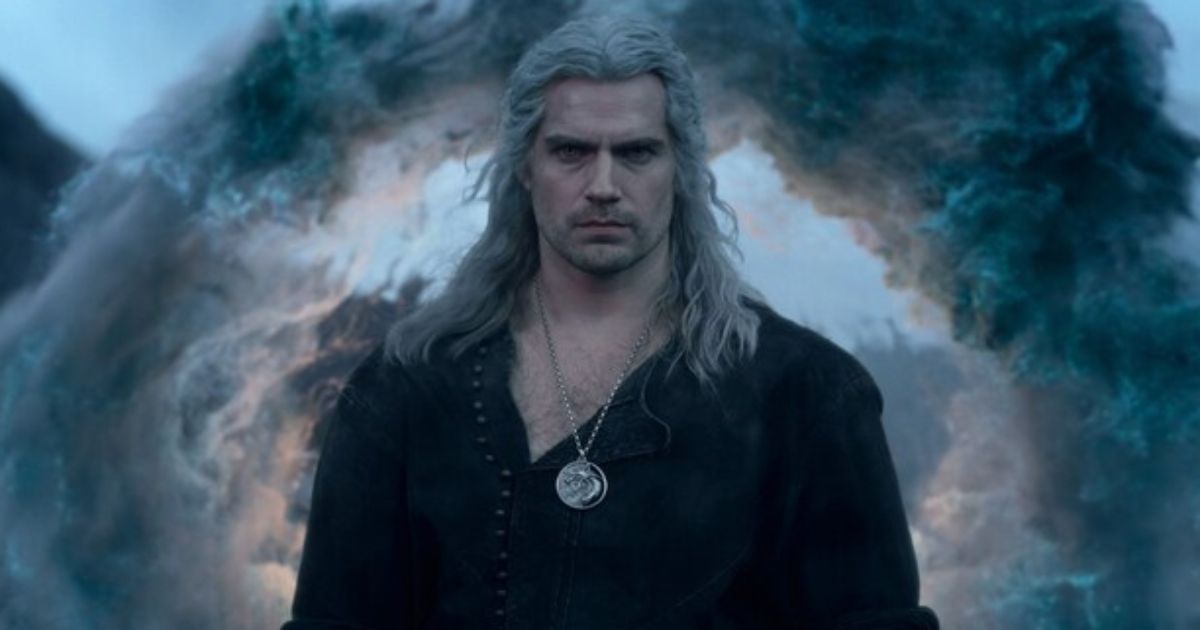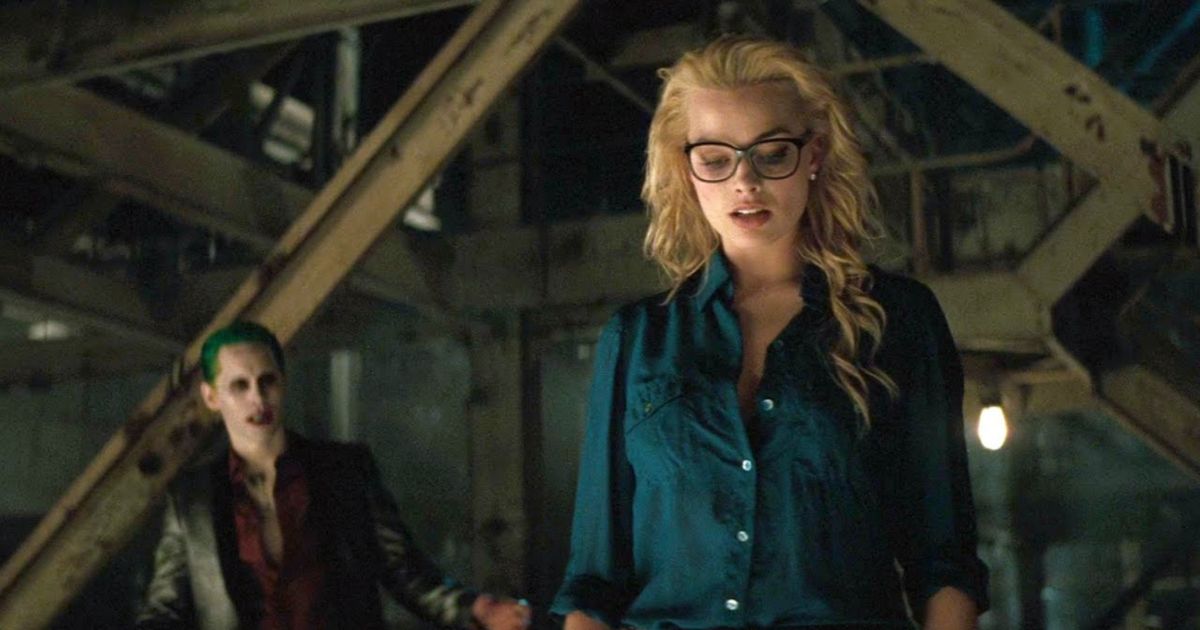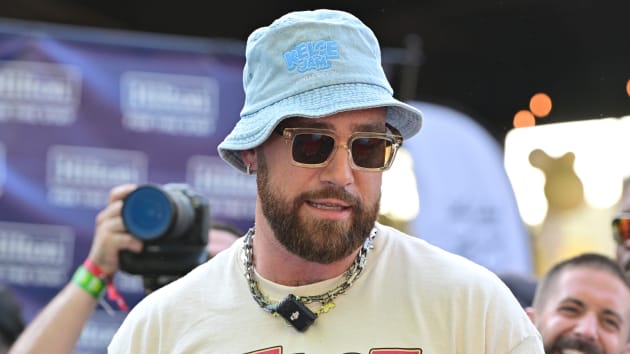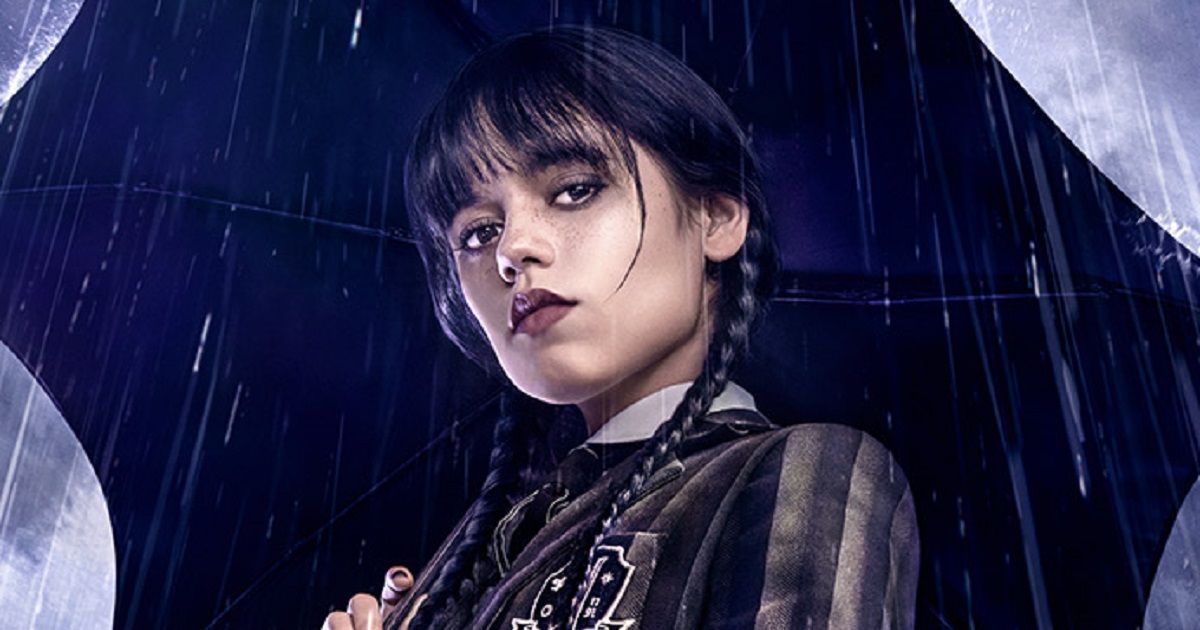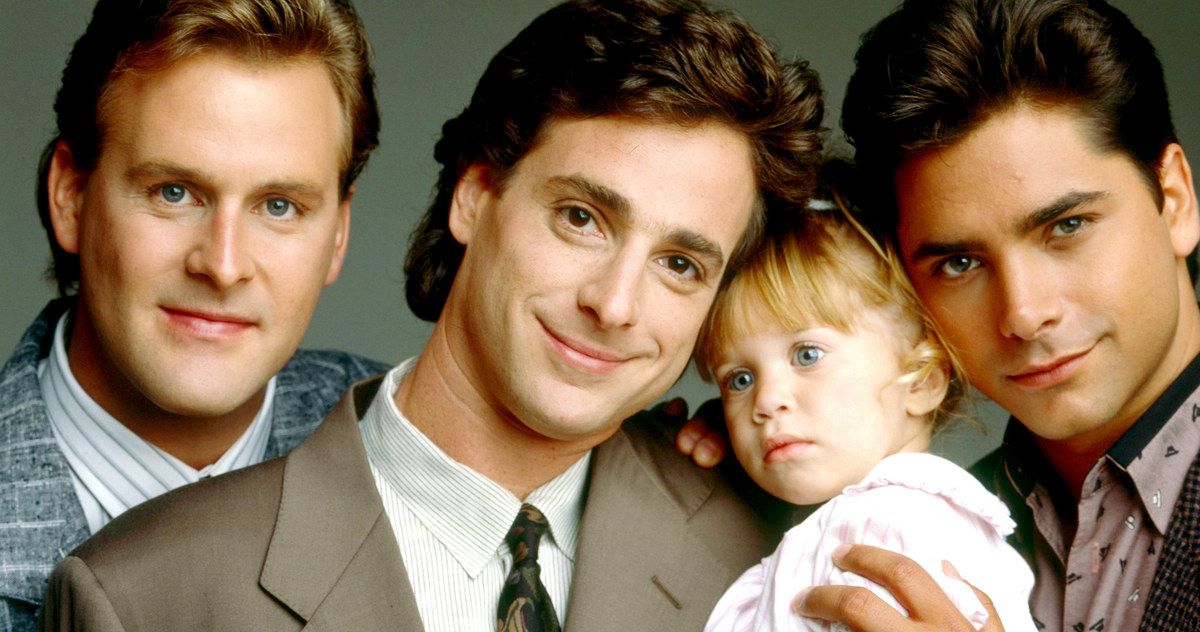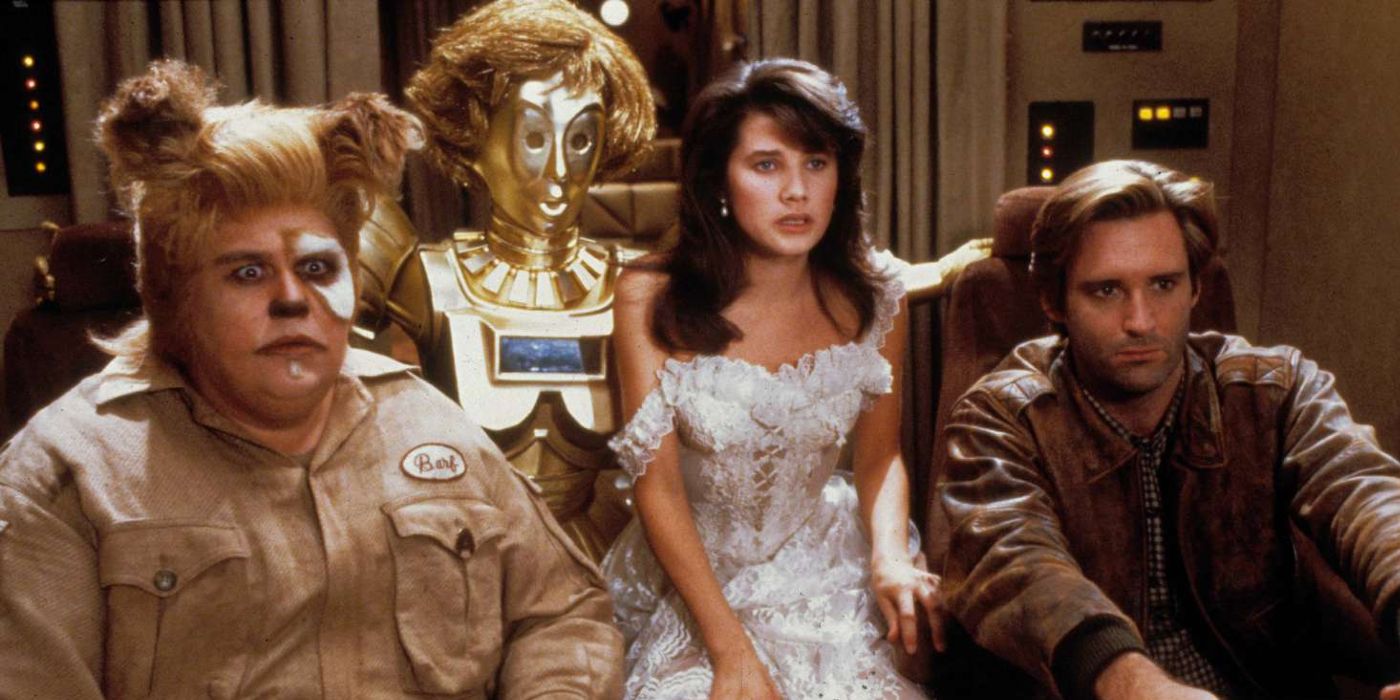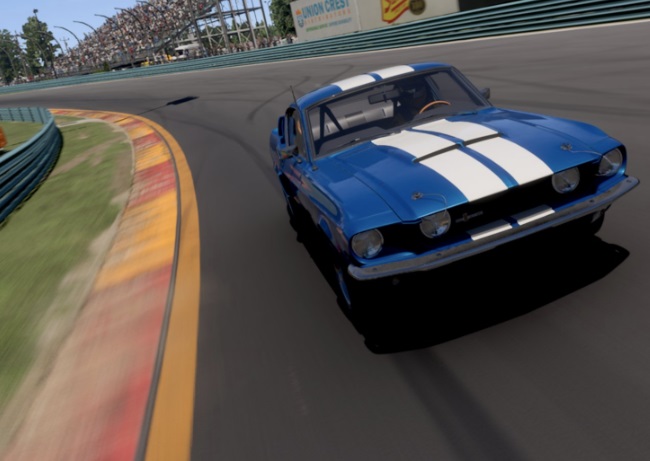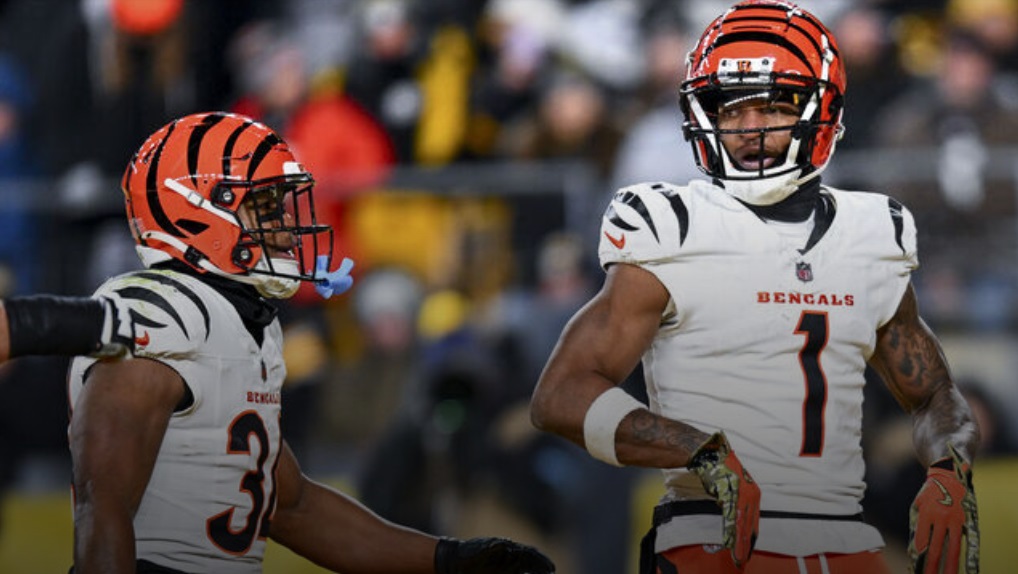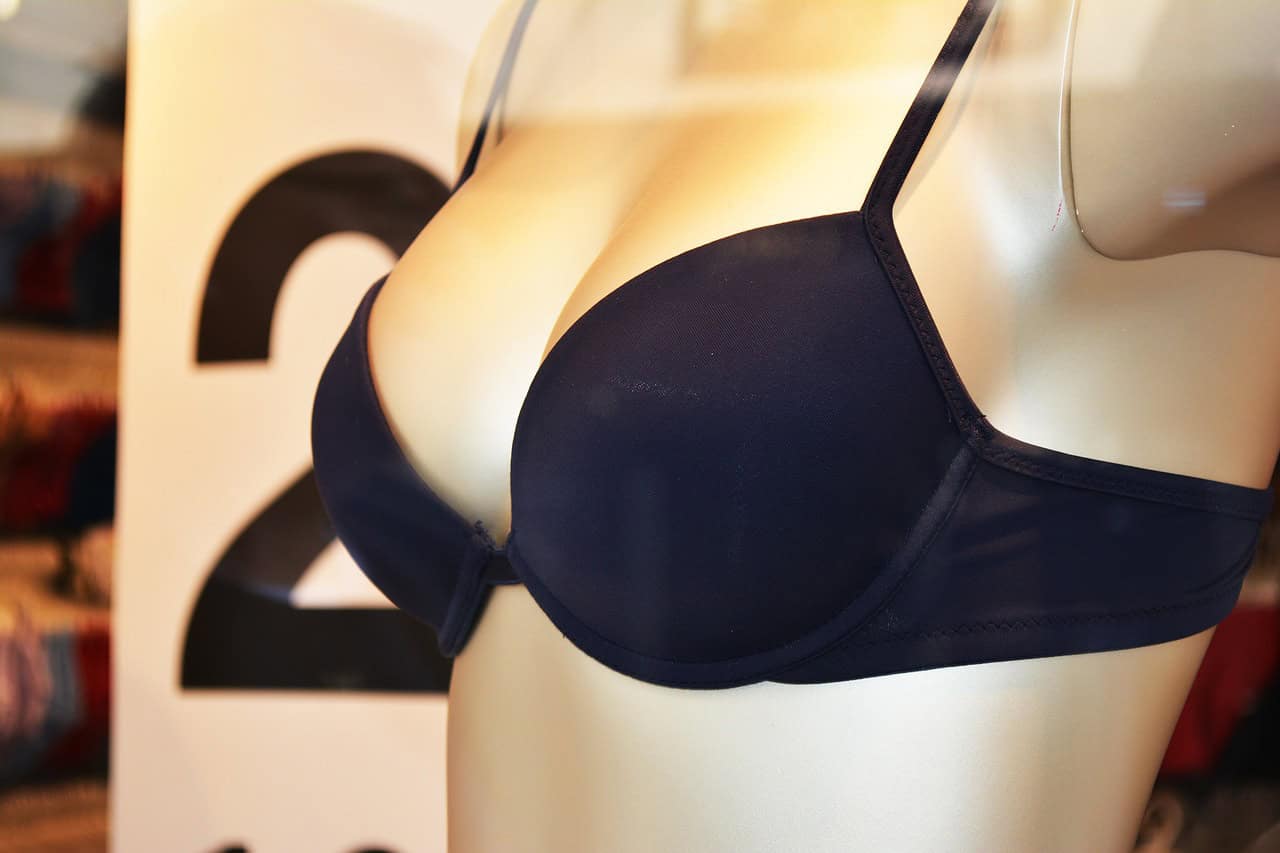As reported by Variety, the designers behind The Witcher recently revealed how they ramped things up for season 3. Volume 1 of The Witcher season 3 sees Henry Cavill return as Geralt, Freya Allan return to play Ciri, and Anya Chalotra reprise her role as Yennefer.
While discussing the third season, production designer and concept designer, Andrew Laws noted, “What’s really fantastic is that with a project like The Witcher, you’re able to kind of continuously build on a visual language that and bring more detail and sophistication to it. And I think that you see a lot of that in Season 3, we see more of the worlds, we see different parts of the world.”
Laws continued, “We recognize things that we’ve maybe established before, you know, Cintra, Redania, etc, but we’re seeing different parts of it and maybe more detail. But similarly, even in the parts of the world that we haven’t been to before … we’re now in a place where we’re getting more into the sophistication of detail and layering and the more microcosmic world as opposed to the macrocosmic world as a way of helping to accent or move the story along and be a part of that as a visual character.”
The concept designer then revealed how real life impacted the latest season of The Witcher, saying, “We were sort of coming out” of the “pandemic season, and there was a sort of liberation there and that we can spread our wings again, and opens it up a little bit more.”
Law went on to discuss filming locations for the third season.
RELATED: The Witcher Season 3 Will Align Closer to Source Material Says Series Producer
Andrew Laws Said That Getting To Be “A Little Bit More Global” With Filming Locations Made “Our World To Breathe Again”
Netflix
The production designer said, “We were in a position where we could be a little bit more global with where we wanted to be and that was very exciting. We knew that could add a lot, particularly when we open the story up but also further down the line and in the later episodes. It just allows our world to breathe again, which I think is really important. We were able to shoot in some environments that gave us multiple looks all within a certain regional area, which was very exciting.”
Costume designer Lucina Wright (who joined The Witcher back in its second season) chimed in to disclose how the pandemic affected the character’s physical appearances.
Wright said, “At that time, because of COVID when we were filming, the real world was darker so I thought well, why don’t bring it into The Witcher, which is pretty dark anyway. So I introduced a lot of masks and a lot of hooded clothes. And then when it evolved into Witcher Season 3, because they are going on different journeys, the costumes just illustrate what’s written [in the script as well as the books].”
Wright additionally noted that when it came to the ball in episode 5, the costume designer went for, “black and white and then each character had their own color coming through, like Tissaia with teal, and Yennefer would have a shot of purple. So it was keeping it very stylized but having that color and then trying to get the most interesting fabrics to go with the lighting and because it was at night. And of course, Geralt in a pattern was quite a revelation for us also, and Henry went for it.”
Likewise when it comes to the show’s fighting and battle scenes, armorer Nick Jeffires noted, “If the stuff doesn’t work in a fight, then it’s no good.”
He said, “I can take influences for many periods of history, and just out of my own brain but I always go through a manufacturing style of 1400, so 1400 to 1475, somewhere in there. So whatever we make has that medieval look about it. So there is a degree of license in there. We need to make it fit for the job, fit for purpose, but in the world we’re in, as long as we make it look as though it’s been made in the correct years we’re winning really.”
Law wrapped up the discussion by saying, “I think part of it also is the evolution of the story and beginning to expand our point of view out of the individual kingdoms, and begin to understand the vastness of the continent and the conflict that’s on the continent. So there’s a bit of a maximum there, that part of it is also us as an audience beginning to understand how vast this world is. And it continues to get vaster — that’s one of the fantastic things about The Witcher is that from a design standpoint, there’s just so much to work with, it never seems to repeat itself and continues to get interesting. Even in places we’ve been before so that the scale and scope or the intimacy of those places evolves.”
You can view the original article HERE.
